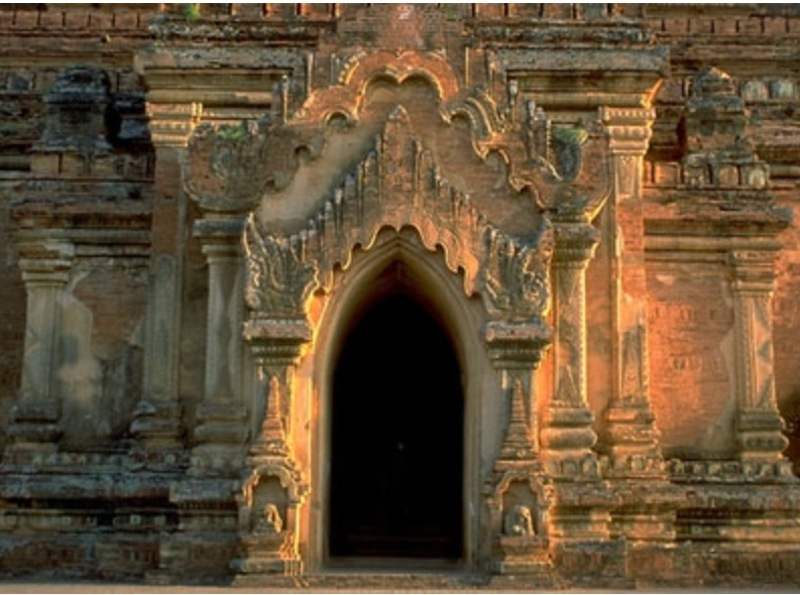The Kingdom of Pagan
My great great grandparents were alive when the Kingdom of Pagan was first established. My great grandfather was a solider in the Nanzhao military. My great great grandfather and the Nanzhao military were aware that the Burmans lived along the Irrawaddy River and built up a city and were calling it "Pagan". The kingdom of Nanzhao was known as a dominant power during the time that my great great grandparents were alive in the 8th and 9th centuries. The people of Nanzhao spoke Lolo or Yi, which was a Tibeto-Burman language. The Nanzhao military was victorious on raiding different cities within Southeast Asia in the early 9th century. My great great grandfather recalls three notable raids to be in the cities of Mon, Khmer, and the Pyu capital of Halingyi. While the Mon and Khmer cities resisted the raids, the Pyu capital of Halingyi had decisively fallen against the Nanzhao military. The Mon city was able to resist the raids conducted by the Nanzhao military because they were the supreme power in southern Myanmar and also made up a large chunk of the area. My great great grandfather had taken part in the raid of the Pyu capital of Halingyi and played a major role in the battle that eventually conquered the capital of Pyu. He ended up moving from the kingdom of Nanzhao and helped to establish Pagan as a capital city for other Burmans in AD 849. My great great grandparents settled in the city of Pagan to start their family there after he had served time in the military. While people were getting settled in the new city of Pagan, it was helpful to have the kingdom of Nanzhao close by to serve as a boundary between the Chinese to grow as an empire. My great great grandparents settling in Pagan marked the start of the growth of the kingdom of Pagan as an empire.
Ados McKinney
6 chapters
4 Jun 2023
The Start of the Pagan Kingdom (AD 849)
June 04, 2023
|
Pagan, Myanmar
My great great grandparents were alive when the Kingdom of Pagan was first established. My great grandfather was a solider in the Nanzhao military. My great great grandfather and the Nanzhao military were aware that the Burmans lived along the Irrawaddy River and built up a city and were calling it "Pagan". The kingdom of Nanzhao was known as a dominant power during the time that my great great grandparents were alive in the 8th and 9th centuries. The people of Nanzhao spoke Lolo or Yi, which was a Tibeto-Burman language. The Nanzhao military was victorious on raiding different cities within Southeast Asia in the early 9th century. My great great grandfather recalls three notable raids to be in the cities of Mon, Khmer, and the Pyu capital of Halingyi. While the Mon and Khmer cities resisted the raids, the Pyu capital of Halingyi had decisively fallen against the Nanzhao military. The Mon city was able to resist the raids conducted by the Nanzhao military because they were the supreme power in southern Myanmar and also made up a large chunk of the area. My great great grandfather had taken part in the raid of the Pyu capital of Halingyi and played a major role in the battle that eventually conquered the capital of Pyu. He ended up moving from the kingdom of Nanzhao and helped to establish Pagan as a capital city for other Burmans in AD 849. My great great grandparents settled in the city of Pagan to start their family there after he had served time in the military. While people were getting settled in the new city of Pagan, it was helpful to have the kingdom of Nanzhao close by to serve as a boundary between the Chinese to grow as an empire. My great great grandparents settling in Pagan marked the start of the growth of the kingdom of Pagan as an empire.

Share your travel adventures like this!
Create your own travel blog in one step
Share with friends and family to follow your journey
Easy set up, no technical knowledge needed and unlimited storage!